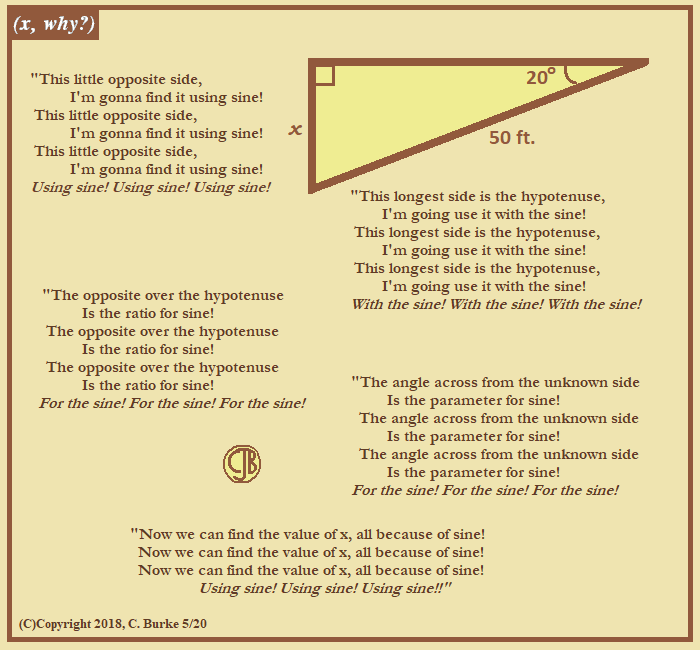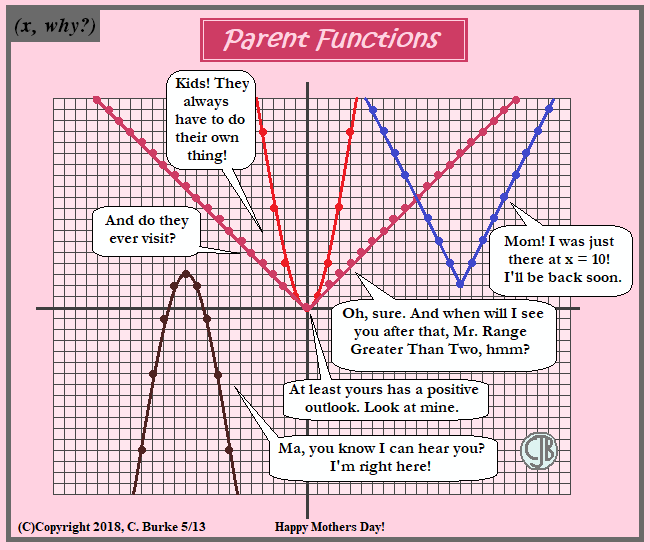Daily Algebra 2 questions and answers.
More Algebra 2 problems.
August 2017, Part I
All Questions in Part I are worth 2 credits. No work need be shown. No partial credit.
4. The solution set for the equation sqrt(x + 14) − sqrt(2x + 5) = 1 is
1) {-6}
2) {2}
3) {18}
4) {2,22}
Answer: 4) {2,22}
First of all, since this is multiple choice, you can put the following into your calculator:
y = (x + 14)^(1/2) − (2x + 5)^(1/2),
and see which value(s) of
x have a
y value of 1. This is an easy alternative because all the choices are integers.
To solve algebraically, move one of the radicals to the right side of the equation.
Square both sides to remove the radical from the left side of the equation. The right side will still have a radical.
Move all the rational terms from the right side to the left side.
Square both sides of the equation a second time. Two squared is 4, and the square root of 2x + 5, sqaured, is 2x + 5.
Distribute the 4.
Move all the terms to the left side, leaving a quadratic equation in standard form, equal to zero.
Factor the quadratic, and find both zeroes.
If you were checking the answers, you'll notice that three of the answers only had one value, meaning that your final quadratic equation would have had to have been a perfect square, which this is not. Half of -24 is -12, and (-12) squared is 144, not 44. Just based on this you could have eliminated choices 1, 2 and 3.
5. As x increases from 0 to π/2, the graph of the equation y = 2tanx will
1) increase from 0 to 2
2) decrease from 0 to −2
3) increase without limit
4) decrease without limit
Answer: 3) increase without limit
Between 0 and π/2, tangent increases toward infinity. (y = 2tanx is undefined for π/2.)
6. Which equation represents a parabola with the focus at (0,−1) and the directrix of y = 1?
1) x2 = -8y
2) x2 = -4y
3) x2 = 8y
4) x2 = 4y
Answer: x2 = -4y
The distance from the focus to the directrix is 2. The vertex is half-way between the two, at a distance of p = 1. This means that the vertex of the parabola is the origin, (0, 0). (This should be obvious from the choices.)
Using the equation: y = -1/(4p)(x - h)2 + k, substitute what we know:
y = -1/(4(1))(x - 0)2 + 0
y = -1/4 x2,
which is the same as -4y = x2.
Comments and questions welcome.
More Algebra 2 problems.

















































